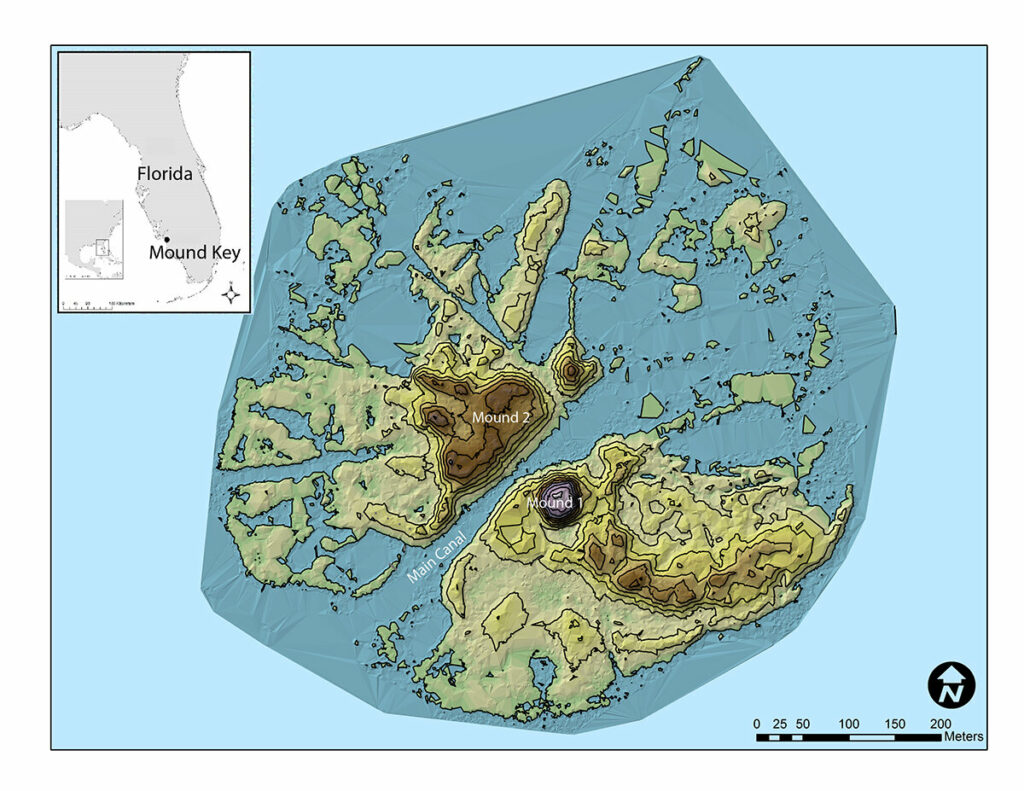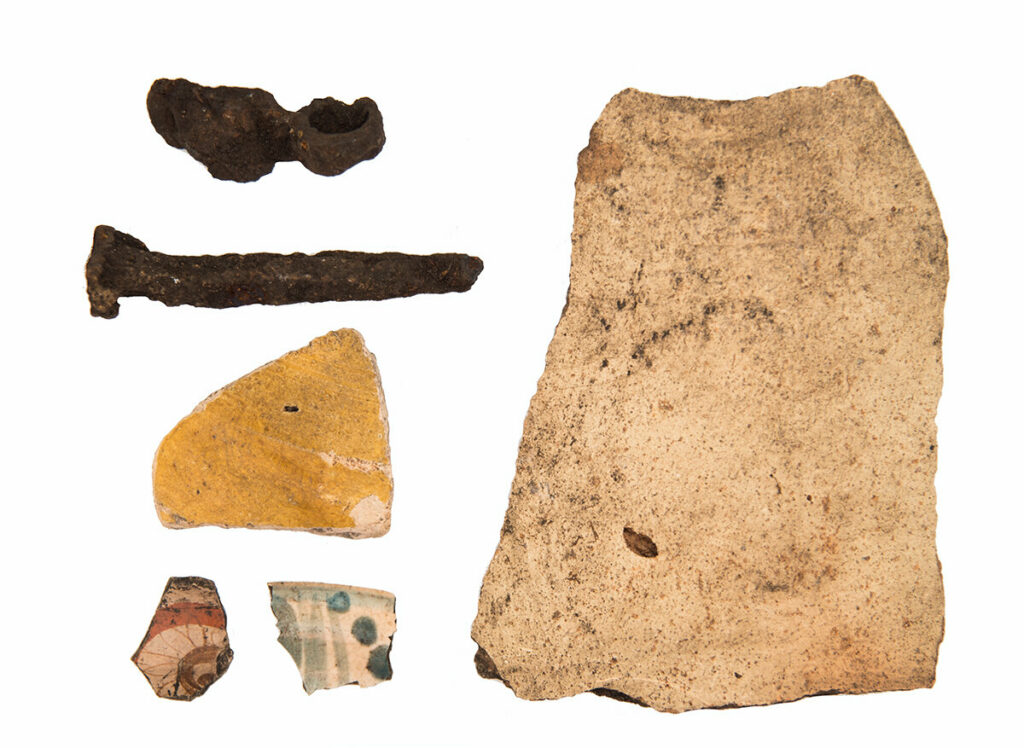Fort San Antón de Carlos was built in 1566 in the capital of the Calusa, the most powerful Native American tribe in the region. Now, archaeologists know for sure where it was located: Mound Key, Florida.

Being a modern archaeologist is a lot like working in forensics — you spend your time looking for evidence regarding people’s lives. Finding clues is one thing, but actually proving something — is another.
For instance, archaeologists and historians have long suspected that the fort, named for the Catholic patron saint of lost things, was located on Mound Key. But they were never really able to prove it, until now.
They started searching for concrete evidence in the area since 2013, in what was once Calusa territory.
“Before our work, the only information we had was from Spanish documents, which suggested that the Calusa capital was on Mound Key and that Fort San Antón de Carlos was there, too,” said William Marquardt, curator emeritus of South Florida archaeology and ethnography at the Florida Museum of Natural History.
“Archaeologists and historians had visited the site and collected pottery from the surface, but until we found physical evidence of the Calusa king’s house and the fort, we could not be absolutely certain.”
The Calusa were a Native American people of Florida’s southwest coast. They developed from archaic peoples of the Everglades region and built one of the most politically complex groups of fisher-gatherer-hunters in the world.
They were able to resist colonization for nearly 200 years, Marquardt said.
They are also considered to be the first “shell collectors,” using shells as tools, utensils, and jewelry. They would discard the fragments in enormous mounds once they were finished, and also developed massive structures to act as fish corrals to help feed their growing population. Fort San Antón de Carlos was actually built on one of these shell mounds — the only known one of this type.
The Spanish Jesuit mission living on Mount Key did not have a good relationship with the Calusa, and researchers aren’t even sure how the mission was able to survive, given that shipments from other colonies would have been scarce and infrequent.

The Spanish developed a brief alliance with the Calusa in 1569, but it quickly deteriorated, and the fort was abandoned.
“Despite being the most powerful society in South Florida, the Calusa were inexorably drawn into the broader world economic system by the Spaniards,” Marquardt said. “However, by staying true to their values and way of life, the Calusa showed a resiliency unmatched by most other Native societies in the Southeastern United States.”
Researchers from the University of Florida, the University of Georgia (UGA), and students from UGA’s archaeological field school used remote sensing and ground-penetrating radar to find the most likely hotspots for archaeological evidence, as well as to understand the overall structure of the fort (including what lies beneath the ground). Then, they carried out archaeological digs, uncovering the walls of the fort and several artifacts, including ceramic shards and beads.
The team not only confirmed the location of the fort, but also found the earliest-known North American example of “tabby” architecture — a type of concrete made from shells.
“Tabby” is made by burning shells to create lime, which is then mixed with sand, ash, water, and more broken shells. It’s a rough and primitive form of concrete, but it was successfully used at Mount Key as mortar, to stabilize posts in the walls. Tabby remained a trademark for some English colonies in the Americas, particularly in the Southern plantations — but this is the first evidence of such a structure on the continent.
“Seeing the straight walls of the fort emerge, just inches below the surface, was quite exciting to us,” Marquardt said. “Not only was this a confirmation of the location of the fort, but it shows the promise of Mound Key to shed light on a time in Florida’s—and America’s—history that is very poorly known.”
Journal Reference: Victor D. Thompson et al, Discovering San Antón de Carlos: The Sixteenth-Century Spanish Buildings and Fortifications of Mound Key, Capital of the Calusa, Historical Archaeology (2020). DOI: 10.1007/s41636-020-00236-6






